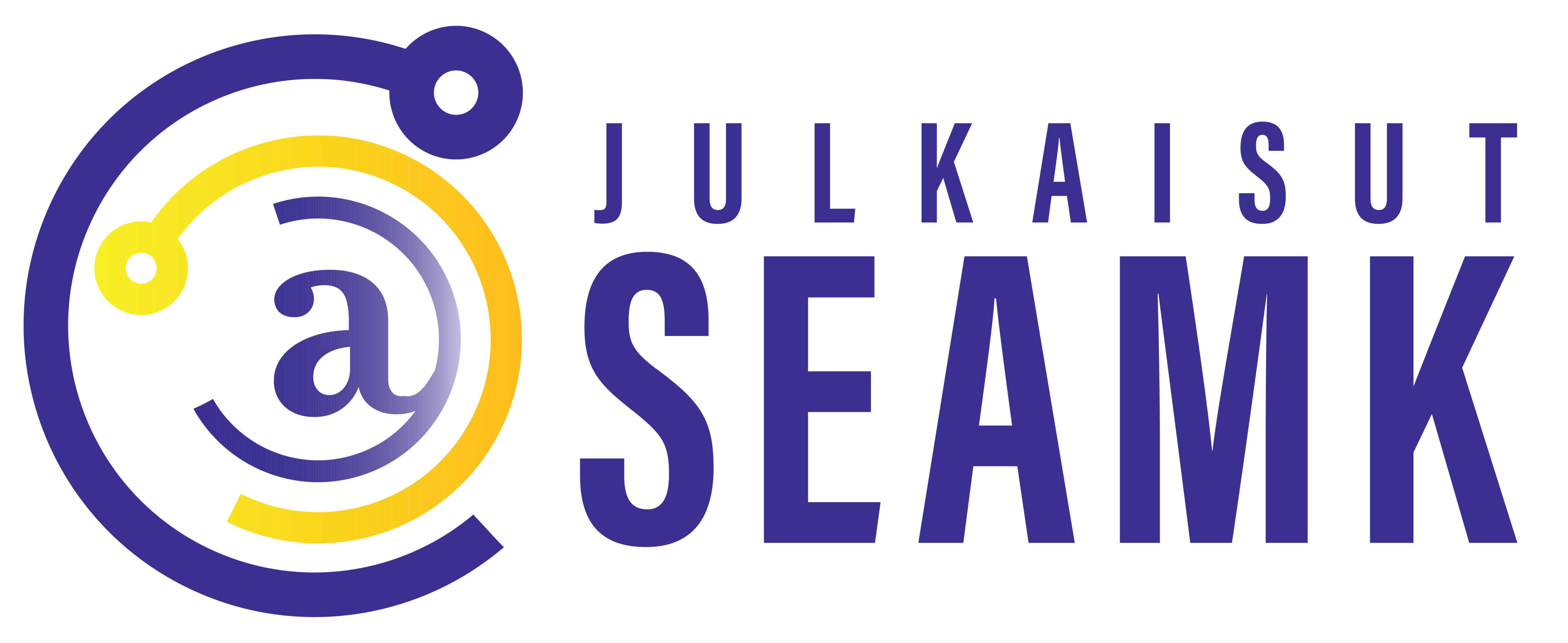Taking Action Against Homelessness, Poverty, and Social Exclusion – on the international day for eradication of poverty, 17th October 2023
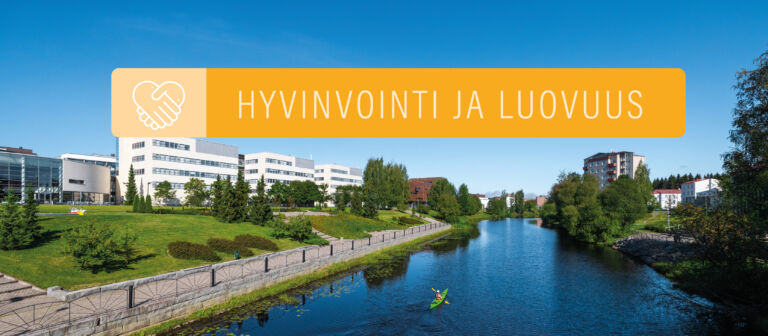
Introduction
As a former student of Social and Health care and current employee at the Seinäjoki University of Applied Sciences in Finland, I’ve had the opportunity of participating with the international nursing students currently doing their mental health practical training in collaboration with SeAMK Wellbeing Lab. In this blog post, I’ll delve into the student activities, organizational participation and deeper issues within society, their impact, and the role of us as citizens and our cities in addressing the challenges deeply rooted among vulnerable groups. Finland is known for its quality of life, robust social safety nets, and equitable policies. However, just like any other country, we experience our fair share of societal problems in daily life, albeit to a smaller level than many other nations. On this International day for eradication of Poverty 17th October – Homelessness, poverty, and social exclusion remain important topics at the societal level and addressing them is central to maintaining social progress.
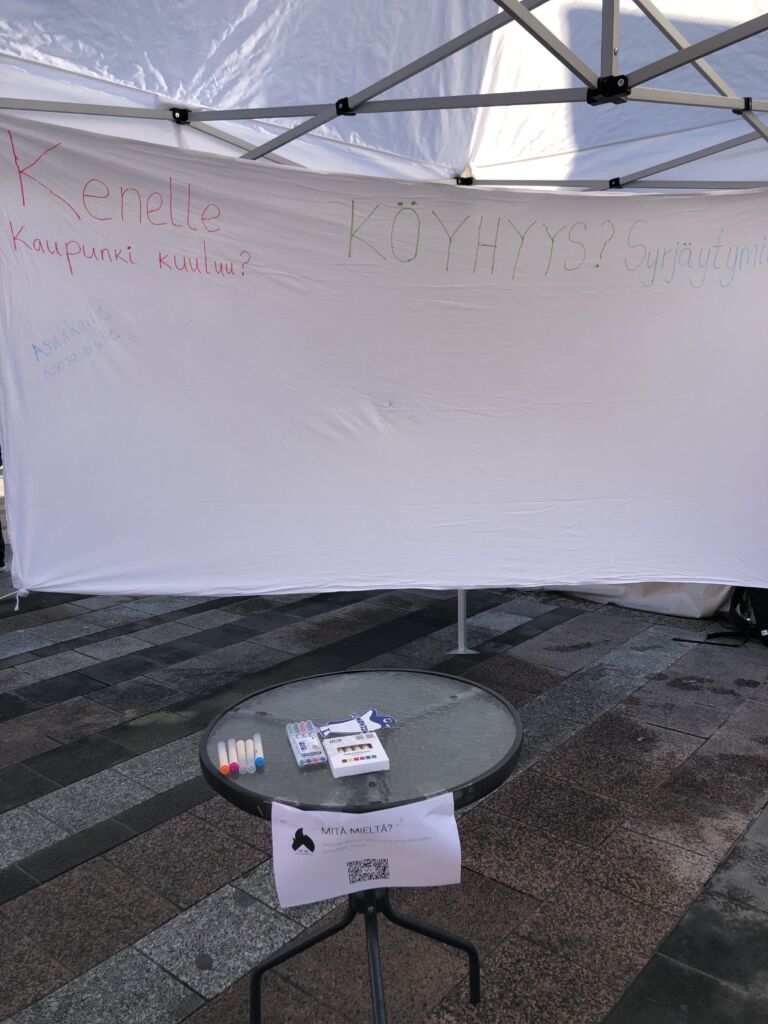
Who are the vulnerable in society
Racial and ethnic minorities may face discrimination, language barriers, and limited access to healthcare resources, leading to disparities in health outcomes. Economic disadvantages among low-income individuals and families can limit access to quality healthcare, nutritious food, and safe housing, contributing to poorer health outcomes. Children and youth are vulnerable due to their developmental stage and dependence on caregivers. Factors such as poverty, abuse, neglect, and lack of access to education and healthcare can impact their well-being. Aging populations also face challenges related to chronic health conditions, limited mobility, social isolation, and access to appropriate healthcare services. Individuals with physical, cognitive, or sensory disabilities may encounter barriers to healthcare, employment, education, and community participation. Individuals with different sexual orientation and gender identity may also face discrimination, stigma, and limited access to culturally competent healthcare services, leading to health disparities (Finnish Institute for health and welfare, 2023).
Homelessness, poverty and social exclusion
According to the Housing Finance and Development Centre of Finland (ARA), homelessness in Finland has been a significant issue, although the country has made notable progress in addressing it. The number of homeless people living alone in Finland has shown a decreasing trend in recent years (ARA, 2023). The Housing First approach has been prioritized in providing stable houses for individuals experiencing short and long-term homelessness, with the belief that addressing housing needs is a crucial first step in addressing other challenges, such as substance abuse, mental health issues or chronic illnesses (Ysäätio, n.d.). A combination of factors such as housing shortages, mental health issues, and substance abuse or population belonging to marginalized groups contribute to homelessness. The Finnish government has set a goal to eradicate homelessness by 2027. To achieve this, they have implemented various initiatives, including increasing the availability of affordable housing, providing support services for individuals experiencing homelessness, and focusing on prevention and early intervention strategies (Finnish Government Report, Press Release 2023).
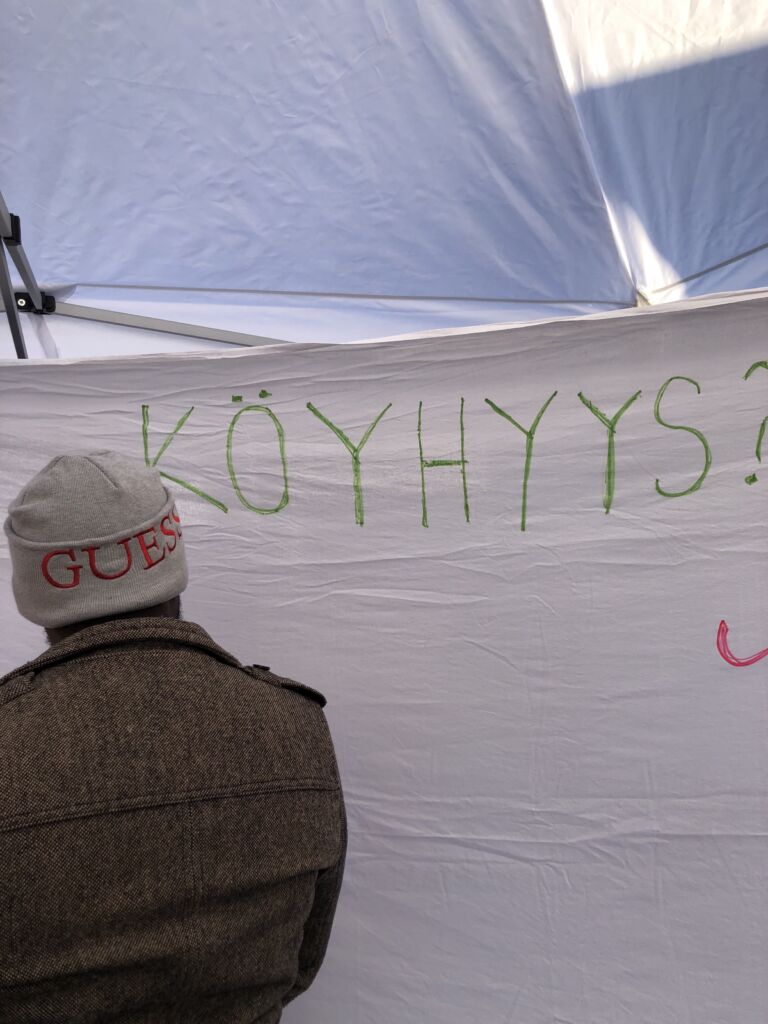
Poverty exists in many forms. High living costs, unemployment, and challenges in certain neighborhoods perpetuate income disparities (Eurostat, 2022). Finnish cities work to combat poverty by ensuring a social welfare system, job training programs, and equitable access to education (Finnish Government Report, Press Release 2023). To address poverty, cities continue promoting equal opportunities, particularly in education, and encourage entrepreneurial endeavors. Local support for small businesses can stimulate economic growth in urban areas and create jobs for residents (OECD, n.d).
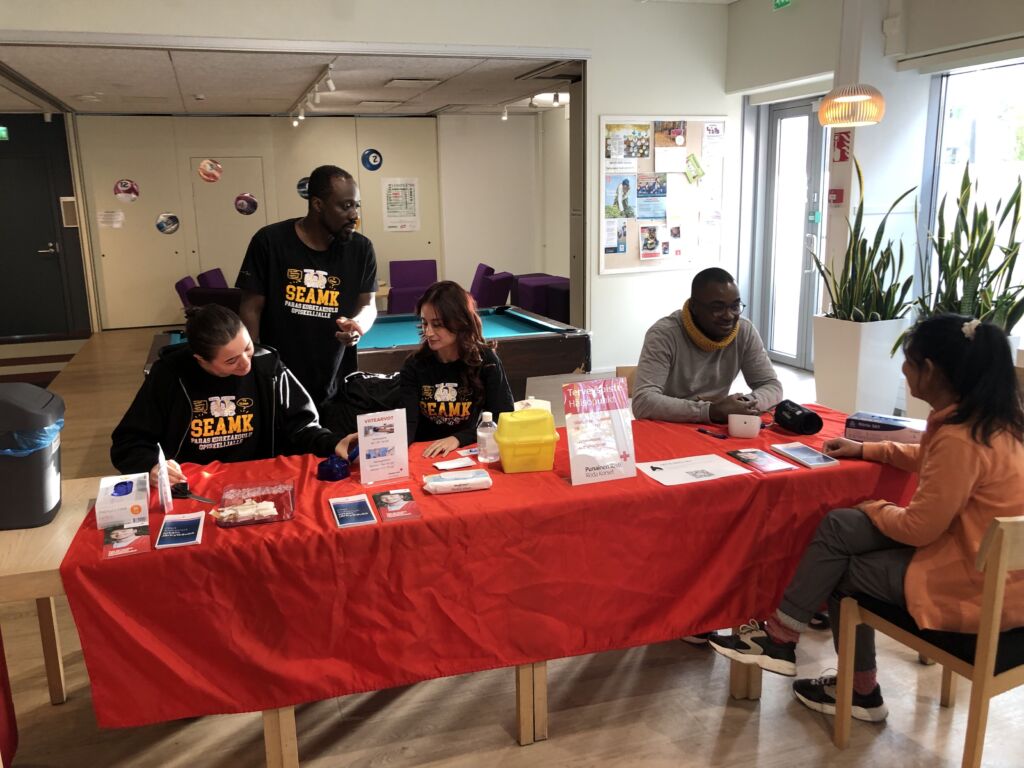
Social exclusion is often tied to income disparities, which can lead to exclusion from various social and economic opportunities. Cities across Finland prioritize inclusive policies and social cohesion, seeking to bridge gaps and create more equitable environments (Ministry of Social Affairs and Health, 2023). The integration of immigrant communities, support for marginalized groups, and accessible social services are essential steps toward reducing social exclusion (United Nation, n.d.).
Collective role in building an inclusive society
As I was standing in the market square, observing people of various ages and backgrounds passing by. As a global health promotor, I have learned that our role in addressing challenges from societal to global level is pivotal. While the theme may not have been on everyone´s mind that day, the realities of homelessness, poverty and social exclusion persist among us, often unnoticed. It is easy to be overwhelmed by the magnitude of these challenges, but we must remember that positive change starts with individual action and a collective will to support, advocate and provide assistance to those in need.
Binu Acharya
Master of Health Science
RDI, SeAMK
The writer is working on culture and language awareness nursing in South Ostrobothnia (CareEP) project.
Reference:
Eurostat. (2022). At-risk-of-poverty rate by poverty threshold, age and sex – EU-SILC survey. https://ec.europa.eu/eurostat/databrowser/view/sdg_01_10/default/table?lang=en
Finnish Government. (2023). Report: Homelessness can be eradicated by 2027 with close cooperation.https://valtioneuvosto.fi/en/-//1410903/report-homelessness-can-be-eradicated-by-2027-with-close-cooperation#:~:text=The%20target%20set%20in%20the,of%20homeless%20families%20was%20159.
Finnish Institute for health and welfare. (2023). https://thl.fi/en/web/thlfi-en/research-and-development/research-and-projects/non-violent-childhoods-action-plan/vulnerable-groups
Ministry of Social Affairs and Health. (2023). Social security and social welfare in Finland. https://stm.fi/en/social-security-and-social-welfare-in-finland
Oecd.(n.d). Small business, job creation and growth: facts, obstacles and best practices. https://www.oecd.org/cfe/smes/2090740.pdf
Statistics Finland. (2022). Income distribution and income differentials. Retrieved from https://www.stat.fi/til/tjt/2021/tjt_2021_2023-02-24_tie_001_en.html
The Housing Finance and Development Center of Finland ARA. (2023). Homelessness in Finland 2022.https://www.ara.fi/en-US/Materials/Homelessness_reports/Homelessness_in_Finland_2022(65349)
United Nation. (n.d). Sustainable Development Goals. https://www.un.org/sustainabledevelopment/poverty/
Ysäätio.(n.d.). Asunto Ensin. https://ysaatio.fi/asunto-ensin/tietoa/
